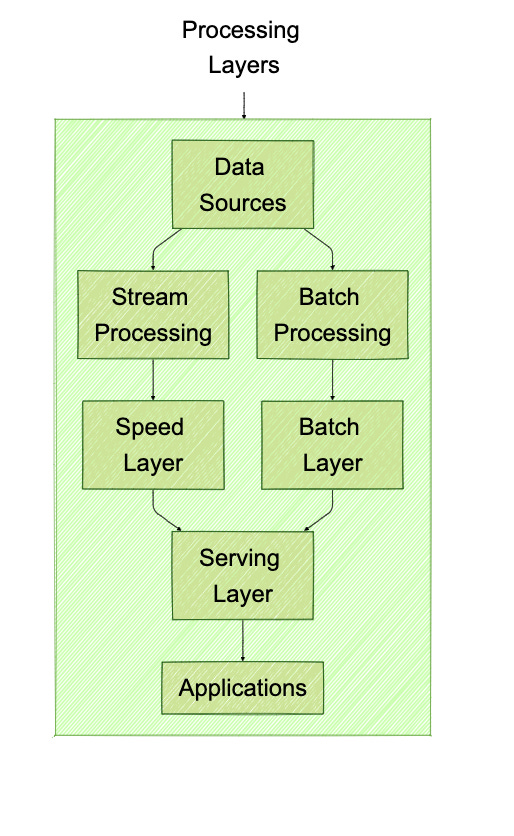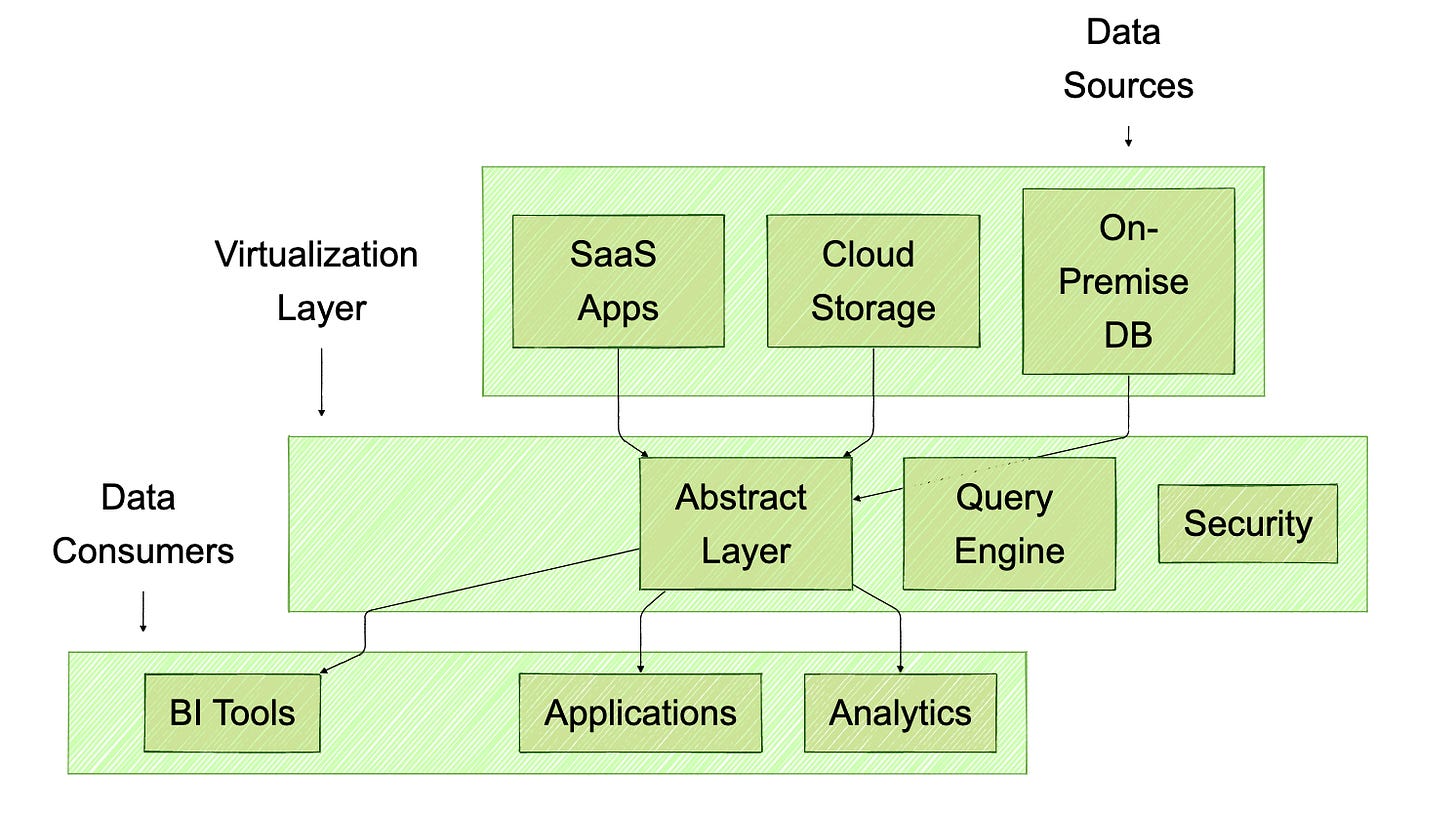Modern Data Architecture Patterns
Navigate the Future of Enterprise Data Architecture with Confidence
Key takeaways: 5 modern patterns, implementation strategies, and best practices
Introduction: The Evolution of Data Architecture
From Monolithic to Microservices: Why Traditional Architectures No Longer Cut It
In today's data-driven world, organizations need robust, scalable, and flexible data architectures that can handle diverse data types, processing patterns, and use cases. Let's explore the modern patterns that are reshaping how we architect data systems.
1. Data Mesh: Democratizing Data at Scale
Breaking Free from Centralized Data Teams: The Power of Domain-Driven Data Ownership
Key Principles:
Domain-oriented ownership
Data as a product
Self-serve data infrastructure
Federated computational governance
Benefits:
Scalable data organization
Reduced bottlenecks
Improved data quality
Better domain alignment
2. Data Lake vs. Data Warehouse: The Modern Hybrid Approach
Beyond the Either/Or Debate: Embracing the Best of Both Worlds
Data Lake Characteristics:
Schema-on-read flexibility
Support for unstructured data
Cost-effective storage
Advanced analytics capabilities
Data Warehouse Strengths:
Structured data management
ACID compliance
Business intelligence
3. Polyglot Persistence: Choosing the Right Tool for the Job
One Size Doesn't Fit All: Mastering Multi-Database Architecture
Key Considerations:
Data Structure
Structured vs Unstructured
Schema flexibility
Relationship complexity
Access Patterns
Read vs Write ratio
Query complexity
Concurrency requirements
Performance Requirements
Latency expectations
Throughput needs
Consistency requirements
4. Real-time Data Processing Architecture
Speed Meets Scale: Building Architecture for the Real-Time Era
Key Components:
Stream Processing
Real-time analytics
Event processing
Continuous computations
Batch Processing
Historical analysis
Complex aggregations
Complete reprocessing
Serving Layer
Query optimization
View materialization
Cache management
5. Data Virtualization: Breaking Down Data Silos
Unite Without Moving: The Art of Virtual Data Integration
Benefits:
Unified data access
Reduced data movement
Improved governance
Faster time to insight
Implementation Best Practices
From Theory to Practice: Making Modern Architecture Work
1. Start with Strategy
Align with business objectives
Consider future scalability
Plan for change
2. Focus on Data Quality
Implement data validation
Establish data governance
Monitor data lineage
3. Ensure Security
Implement encryption
Define access controls
Monitor usage patterns
4. Plan for Scale
Design for growth
Consider performance
Plan capacity
Common Challenges and Solutions
Navigating the Roadblocks: Practical Solutions to Real Problems
Challenges:
Data Integration Complexity
Performance Optimization
Cost Management
Skill Requirements
Solutions:
Standardized interfaces
Caching strategies
Cost monitoring tools
Training and documentation
Conclusion: Building for the Future
Your Roadmap to Modern Data Architecture Success
Modern data architecture is not about choosing a single pattern but about combining patterns effectively to meet your specific needs. The key is to remain flexible and adaptable while maintaining governance and control.









